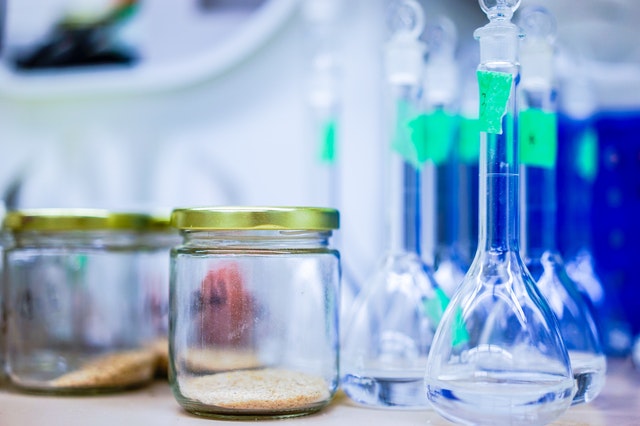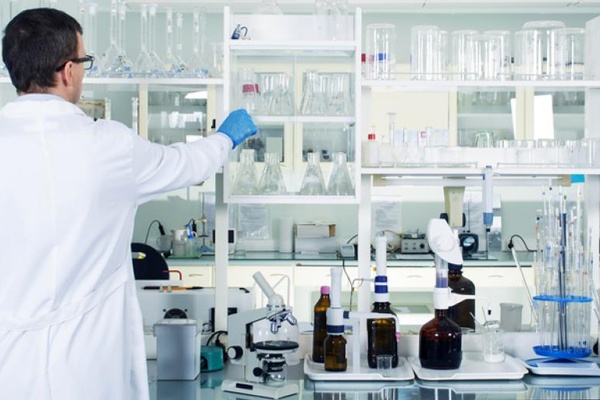Laboratory exhaust systems expend more energy than any other single aspect of your lab. Studies have shown that exhaust systems alone can account for as much as 30 percent of your lab’s total energy consumption, which makes them kind of a big deal when it comes to the bottom line. Since they do account for such a major expenditure, it’s in your best interest to ensure that your lab’s exhaust system is functioning properly and efficiently. And if that wasn’t motivation enough, know that laboratory exhaust is also one of the largest contributors to greenhouse gas emissions. So the sooner you get your laboratory exhaust system optimized and streamlined, the sooner you’ll be saving money, as well as the environment. But how do you do it?
1. Ensure Your Laboratory Exhaust is Properly Diverted Outdoors.
This may sound like a dumb suggestion, but a number of laboratories are improperly retrofitted into existing buildings. When this happens, there is a risk of lab exhaust being pumped through the building, and then outside, rather than straight outside. This puts the entire building’s employees at risk, as they are breathing in potentially dangerous exhaust fumes from the lab, rather than the filtered air they should be getting from the HVAC system.
Another exhaust concern that comes when working with an existing building that wasn’t originally created to house a laboratory is the strength of the HVAC system. If your heating and cooling system is outdated, it may not be able to efficiently push exhaust outside. In many cases, older systems have to work much harder to push air outdoors, while also attempting to maintain a stable temperature within the lab and rest of the building. This puts a great deal of strain on the system, driving up your energy consumption, and raising the risk that the system will quit. Before you install a lab within an older or existing building, it’s in your best interest to hire a licensed HVAC professional to give you an honest assessment of your heating and cooling system’s capacity, as well as the possibility of ductwork to be reconfigured to shepherd exhaust fumes directly out of the building.
2. Assess Your Exhaust Stack
Exhaust stacks exist to pump exhaust fumes out of the building. These exhaust stacks are heavily monitored to ensure that they’re pushing fumes out at a certain velocity, and at a certain height, to verify that fumes properly dissipate, and cause no harm to those living near or around the factory. While exhaust stacks hold a great deal of purpose, they’re not necessarily beautiful, which is why many factories have opted for shorter, more aesthetically pleasing exhaust stacks, which unfortunately cut down on energy efficiency. Because the stacks are shorter, the system has to push exhaust out at a greater velocity to ensure that it reaches the necessary, safe plume height. By simply making exhaust stacks taller, your lab could save a great deal on energy costs.
3. Does Your Exhaust System Need to be on Full Power?
Another reason that exhaust systems suck up so much energy is that most laboratories run them at full power, 24/7. It makes sense that the exhaust system should be running at all times, especially if your laboratory is, but the issue comes with the “full power.” Most exhaust systems are calibrated to run based on worst case scenarios for both contaminants and wind conditions. Believe it or not, studies have shown that this level of terrible conditions only occurs about 12 hours out of every year. So the majority of exhaust systems are running based on conditions that almost never present themselves.
The Solution
Luckily, these high levels of energy consumption are something that neither your company’s pocketbook nor the environment is stuck with. Exhaust system issues like the ones mentioned above are easily fixed with the installation of automated monitoring and control systems that can reduce your exhaust system energy use by as much as 50 percent. While there are a variety of options for automated monitoring systems, know that the majority of them function by assessing contamination and wind conditions, and adjusting exhaust velocity according to those real-time calculations. This way, your exhaust system is working exactly as hard as it needs to in order to keep your lab properly ventilated and to meet safety regulations. You won’t be wasting energy, you’ll only be using what you need based on real-time conditions. This can save your laboratory a great deal of money, while protecting the environment at the same time.
As energy costs continue to rise, it’s in your best interest to optimize your laboratory exhaust system as soon as possible. In doing so, your company will realize massive energy savings, while keeping those around you safe, and the world just a bit greener. If you’d like to consider other ways to boost your laboratory’s energy efficiency, check out this blog on 5 Sustainable Laboratory Design Concerns. For more information on optimizing your lab’s sustainability and energy efficiency, be sure to talk to the experts at Multi-Lab. We’ve been designing and installing custom laboratories for years, and can easily help find you the lab solution that saves you money on energy. Give our office a call at 616-846-6990 or contact us online today!






About The Author: MultiLab
More posts by MultiLab